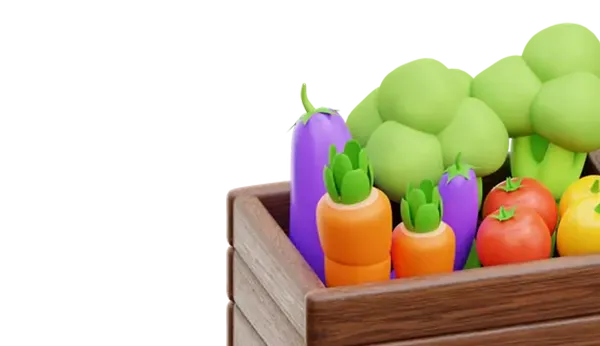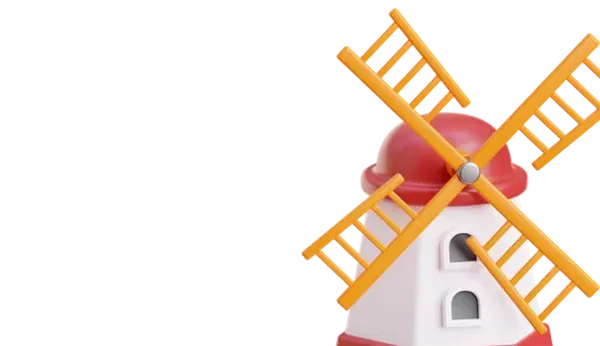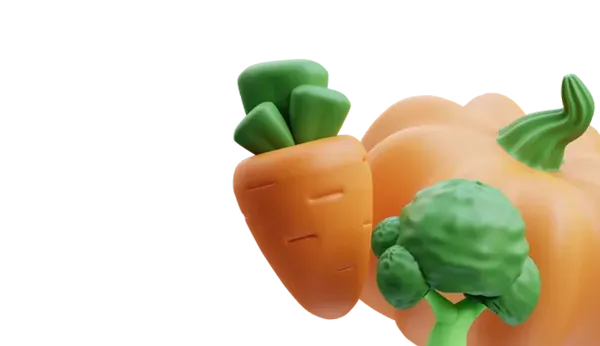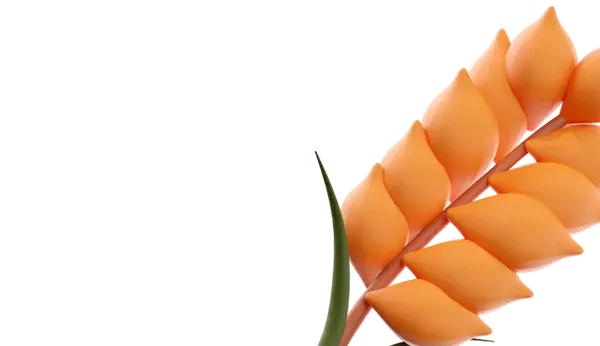To achieve the government's goals of increasing domestic consumption and exports in the fishing industry, an additional 1.7 million tons of raw materials will be required, according to the assessment of the Fish Union analyst Nikolay Mochalov, speaking at the Agroinvestor: PRO Livestock and Compound Feeds conference. By 2030, fish consumption needs to reach 28 kilograms per person per year, as recommended by the Ministry of Health. "At the same time, as with the entire agricultural sector, the fishery industry has set a goal to increase exports by 1.5 times compared to the 2021 level," Mochalov reminded. Last year, fish exports reached a record level of $6.6 billion, while in the previous year exports amounted to only $5.2 billion. Moreover, the Russian market for fish and seafood maintains a positive trade balance: exports exceed imports by twice in volume and by 1.5 times in monetary terms, Mochalov noted.
To achieve these goals, an additional volume of 1.7 million tons of raw materials is needed. Earlier, it was assumed that the increased volumes of fish and seafood would be achieved through the development of aquaculture; however, this sector is currently experiencing stagnation. This is due to the fact that during the initial development of Russian aquaculture, investors relied on importing Norwegian feeds and fry, which are currently insufficient for production. According to the Fish Union data, domestic feed production for aquaculture in our country is around 25%. The situation with fry is even worse, with only 15% self-sufficiency. "Thus, today Russian aquaculture is transitioning from active development to establishing a foundation for future growth, to developing its own production of feeds, broodstock, and fry," explained Mochalov.
The aquaculture goals set in the Fishery Development Strategy are quite optimistic, according to the expert. According to this document, by 2030, the cultivation volumes of fish and seafood should reach, in the base scenario, 618 thousand tons and 502 thousand tons in the conservative forecast. In 2024, this indicator reached 381 thousand tons, with a record set in 2023 at 402 thousand tons. It is also planned to increase compound feed production from 40 thousand tons to 100 thousand tons per year. Additionally, there are already numerous projects underway for producing broodstock material, notably in the Krasnodar Krai for trout fry.
"After the establishment of a domestic base for feed and material production for cultivation, which will take approximately five to ten years, active development of Russian aquaculture will begin," emphasized Mochalov. He noted that there are already interesting projects that can solve the issue of salmon production dependence on geographical conditions. "Growing salmon in Russia in its natural environment is only possible in certain areas of the Murmansk region and Karelia, limiting its production. Meanwhile, in the Vologda region, a project for salmon cultivation in a closed water system, essentially in a basin, is actively developing. At the moment, around 5 billion rubles have already been invested in it. If the project proves successful and profitable, scaling it up will be possible," the expert believes.
Last year's fish catch decreased to 4.9 million tons compared to 5.4 million tons in 2023. One of the main reasons for the decrease was the nearly threefold drop in the catch of salmon species, which affected the overall volume. "At the same time, the catching of pollock continues successfully. We are seeing high catch rates, and additionally, the production of processed products has significantly increased – fillet volumes have grown by 20% compared to 2023, reaching 80 thousand tons on ships, and surimi production has increased to 70 thousand tons, which is a record in history. A good catch was also reported for herring, allowing us to replace imports, including from the Faroe Islands," reported the Fish Union analyst. Overall, over the past 5-10 years, the Russian catch has remained around 5 million tons with slight fluctuations either way, he noted. However, according to Mochalov, the Russian catch is limited in its species diversity: only 30% of the fish consumed in the domestic market are represented by domestic species.















